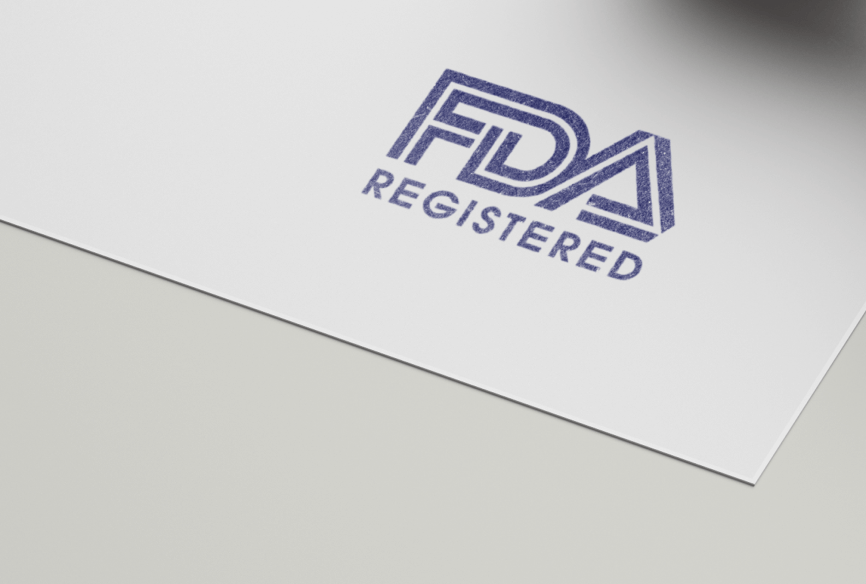Medication safety is essential for everyone’s well-being, but understanding the complexities of accountability in healthcare can be confusing. In this article, we’ll explore how regulatory agencies like the FDA oversee medication safety, the gaps in accountability that may exist, and how Justpoint works to fill those gaps to protect people like you.
Understanding medication safety protocols
Medication safety protocols are like the guardians of your health, ensuring that the medications you take are both effective and safe. From initial research and development to post-market surveillance, these protocols encompass rigorous testing, quality control standards, and ongoing monitoring to catch any potential risks. However, despite these safeguards, instances of medication-related harm still occur, highlighting the need for comprehensive accountability measures.
The role of the FDA in medication safety
Think of the FDA as the watchdog of the pharmaceutical industry. They evaluate new medications before they hit the market, looking closely at their safety and effectiveness. Even after approval, the FDA continues to monitor medications to ensure they’re safe for you to use. However, challenges can arise, and not all harmful medications are caught in time.
The FDA is divided into several divisions, each with specific responsibilities:
- Center for Drug Evaluation and Research (CDER): This division evaluates new medications to determine if they are safe and effective for their intended use. The CDER assesses data from clinical trials and other sources to make informed decisions about drug approvals.
- Center for Biologics Evaluation and Research (CBER): This division regulates biological products, including vaccines, blood products, and gene therapies. Similar to CDER, CBER evaluates the safety and efficacy of these products before they can be approved for use.
- Center for Devices and Radiological Health (CDRH): CDRH oversees medical devices and equipment, ensuring they meet safety and effectiveness standards before they can be marketed and sold to the public.
The FDA also conducts ongoing monitoring of medications and medical devices once they are on the market to identify and address any safety concerns that may arise.
FDA monitoring and evaluation process
Once a medication is approved for sale, the FDA continues its oversight through vigilant monitoring. This includes surveillance of adverse events reported by healthcare providers and patients, as well as inspections of manufacturing facilities to ensure compliance with good manufacturing practices. Additionally, the FDA collaborates with other regulatory agencies and international counterparts to exchange information and identify emerging safety concerns.
REGULATORY OVERSIGHT
The FDA oversees the entire lifecycle of medications, from preclinical development to post-market surveillance. This includes evaluating new medications for safety and efficacy through rigorous clinical trials and reviewing applications for marketing approval. By assessing the benefits and risks of new drugs, the FDA determines whether they meet regulatory standards before they can be marketed and distributed to the public.
MANUFACTURING STANDARDS
In addition to evaluating new medications, the FDA sets and enforces stringent manufacturing standards for pharmaceutical companies. These standards, known as Good Manufacturing Practices (GMP), ensure that medications are produced consistently and meet quality control requirements. By conducting regular inspections of manufacturing facilities, the FDA verifies compliance with GMP standards and addresses any deficiencies to maintain product quality and safety.
POST-MARKET SURVEILLANCE
Once a medication is approved for sale, the FDA continues to monitor its safety and effectiveness through post-market surveillance. This involves collecting and analyzing reports of adverse events, medication errors, and other safety concerns from healthcare providers, patients, and manufacturers. By identifying and investigating potential safety issues, the FDA takes regulatory action, such as issuing safety alerts, labeling changes, or product recalls, to mitigate risks and protect public health.
The role of pharmaceutical and distribution companies
Pharmaceutical and distribution companies are integral stakeholders in the medication supply chain, responsible for developing, manufacturing, and distributing medications to healthcare providers and patients. Here’s an overview of their roles and responsibilities:
PHARMACEUTICAL COMPANIES AND MEDICATION SAFETY
Pharmaceutical companies are responsible for researching, developing, and testing new medications to ensure their safety, efficacy, and quality. This process involves conducting preclinical studies, clinical trials, and regulatory submissions to obtain marketing approval from regulatory agencies like the FDA. Additionally, pharmaceutical companies must adhere to strict manufacturing standards and quality control measures to ensure the consistency and purity of their products.
DISTRIBUTION COMPANIES AND SAFETY MEASURES
Distribution companies play a critical role in the pharmaceutical supply chain by distributing medications from manufacturers to healthcare providers, pharmacies, and patients. These companies are responsible for maintaining the integrity and safety of pharmaceutical products during storage, transportation, and delivery. By implementing robust tracking systems, security measures, and temperature-controlled environments, distribution companies ensure the timely and safe delivery of medications to end-users.
REGULATORY AGENCIES AND COMPLIANCE
Pharmaceutical and distribution companies collaborate closely with regulatory agencies like the FDA to ensure compliance with regulatory requirements and address emerging safety concerns. This partnership involves timely reporting of adverse events, participation in regulatory inspections, and cooperation in product recalls or safety alerts. By working together, these stakeholders promote a culture of safety and accountability within the pharmaceutical industry, ultimately benefiting public health.
Identifying the accountability gap
Despite the FDA’s regulatory oversight, gaps in accountability can still occur, leading to potential harm to patients. Issues such as inadequate testing, insufficient post-market surveillance, and delays in regulatory actions can compromise patient safety. Justpoint recognizes the need to address these gaps and hold accountable parties responsible for causing harm through the use of unsafe medications.
Seeking justice for medication safety
At Justpoint, we are dedicated to seeking justice for individuals who have been harmed by unsafe medications. We identify harmful substances such as medications and products that are causing harm, instances of negligence or regulatory non-compliance, and take legal action on behalf of those affected. We aim to hold accountable parties responsible for causing harm and to secure compensation for individuals who have suffered as a result of unsafe medications, negligence, and non-compliance.
📞 If you’ve been harmed by an unsafe medication or product, click here to start your journey to justice and help advocate for medication safety →
Advocating for medication safety: Justpoint’s approach
Our investigative process begins with identifying potentially harmful substances. Our scientists use proprietary artificial intelligence to analyze billions of data points to identify preventable and controllable factors like unsafe pharmaceuticals, human-made substances, and harmful consumer products. We collaborate with experts in pharmacology and toxicology to assess the risks associated with these suspect medications. By gathering compelling evidence, we build strong cases and our law firms file lawsuits to hold accountable parties liable for harm caused by unsafe medications. Through litigation, collective action, and advocacy efforts, we seek justice and compensation for those affected. Additionally, court orders are issued to halt the defendant from producing or releasing the harmful substance, enhancing safety measures, implementing cleanup efforts, and enforcing other necessary measures to protect public health.
📞 If you’ve been harmed by an unsafe consumer product, click here to start your journey to justice →
Advancing medication safety through accountability
Medication safety is a shared responsibility that requires ongoing vigilance and accountability. While the FDA plays a crucial role in regulating medications, gaps in accountability can compromise patient safety. Justpoint is committed to addressing these gaps and advocating for safer medication practices through our investigative efforts and legal advocacy. Together, we can work towards a future where medication safety is prioritized, and patient health is protected.
Sources
U.S. Food and Drug Administration. “Drug Safety Communications.” https://www.fda.gov/drugs/drug-safety-and-availability/drug-safety-communications
U.S. Food and Drug Administration. “Recalls, Market Withdrawals, & Safety Alerts.” https://www.fda.gov/safety/recalls-market-withdrawals-safety-alerts
U.S. Food and Drug Administration. “About FDA.” https://www.fda.gov/about-fda
World Health Organization. “Medication Safety.” https://www.who.int/news-room/fact-sheets/detail/medication-safety
U.S. Food and Drug Administration. “Manufacturing Standards (GMP).” https://www.fda.gov/drugs/pharmaceutical-quality-resources/manufacturing-standards-gmp












